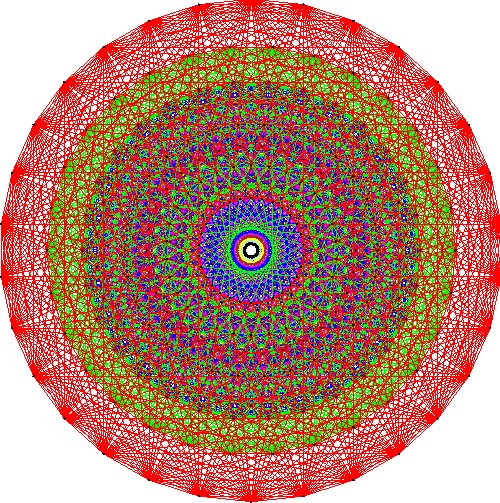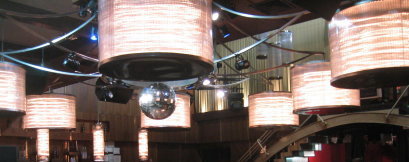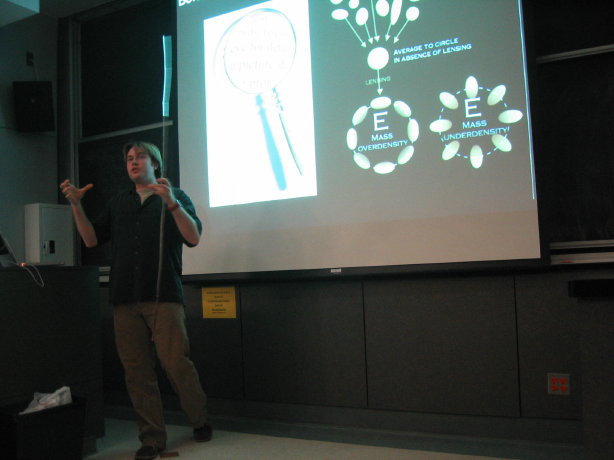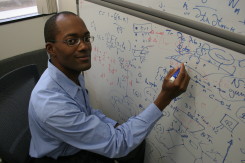A Fair Cop
Soon time to sign up to help judge the California State Science Fair. I hope I can make it. Just to reassure you that not every entry is another trebuchet (just the physics, mechanics, etc., section and you’ll know what I mean), here’s a story about two schoolgirls from New Zealand, Jenny Suo and Anna Devathasan, who decided to test the claims of GlaxoSmithKline that their product – cartoned ready-to-drink Ribena – has high Vitamin C content. They set out to show that cheaper drinks were less healthy than Ribena, and found to their surprise that there were only trace amounts of Vitamin C at best.
I’m a bit shocked by this since I love Ribena, and grew up with it for years. I seem to remember that some of the largest writing on the packaging is about the huge amount of Vitamin C that you’re going to get. Admittedly, it’s not the vitamin C aspect that attracted me to it, of course -I just love the taste! But all the same, it’s a bit disappointing….
From an article by Mike Steere: Click to continue reading this post

 Sometimes the journalists and editors get it right. In fact, they get it right a lot of the time, but you hear more about the complaints (sometimes from me, sometimes elsewhere) about them getting it wrong, when it comes to things like science coverage especially. What am I talking about? I’m talking about the set of questions and answers that are in a new article on MSNBC that a number of people pointed out to me yesterday and today. It starts out as an article about Brian Greene’s science outreach efforts (books, and tv and movie appearances, including a new one), with some discussion of how this is regarded by his colleagues, the value it has had in raising public awareness of physics (and fundamental science in general, I would argue), and so forth. All that is interesting, but not nearly as interesting to me right now as the later parts of the article which is simply a question and answer session. (Picture above right is from a fun joke I carried out last year that you can read here – be sure to read the comments too.)
Sometimes the journalists and editors get it right. In fact, they get it right a lot of the time, but you hear more about the complaints (sometimes from me, sometimes elsewhere) about them getting it wrong, when it comes to things like science coverage especially. What am I talking about? I’m talking about the set of questions and answers that are in a new article on MSNBC that a number of people pointed out to me yesterday and today. It starts out as an article about Brian Greene’s science outreach efforts (books, and tv and movie appearances, including a new one), with some discussion of how this is regarded by his colleagues, the value it has had in raising public awareness of physics (and fundamental science in general, I would argue), and so forth. All that is interesting, but not nearly as interesting to me right now as the later parts of the article which is simply a question and answer session. (Picture above right is from a fun joke I carried out last year that you can read here – be sure to read the comments too.)




 Pretty soon after February starts, the deluge of email I get every day gets enhanced a bit by emails from students from all over America. I become part of an assignment, you see. It seems that these students are instructed to find a black scientist and write something about them and do a presentation to their class about them
Pretty soon after February starts, the deluge of email I get every day gets enhanced a bit by emails from students from all over America. I become part of an assignment, you see. It seems that these students are instructed to find a black scientist and write something about them and do a presentation to their class about them On NPR’s finance programme Marketplace yesterday, there was a somewhat unusual piece. It seems that conceptual artist Jonathan Keats is making some money by selling the extra dimensional rights to various properties in San Francisco! (You can see him at the Modernism Gallery there
On NPR’s finance programme Marketplace yesterday, there was a somewhat unusual piece. It seems that conceptual artist Jonathan Keats is making some money by selling the extra dimensional rights to various properties in San Francisco! (You can see him at the Modernism Gallery there














